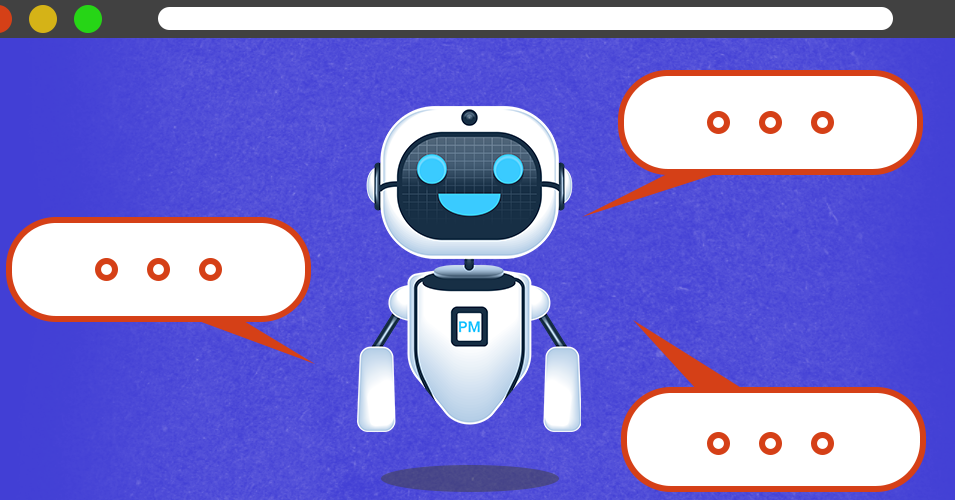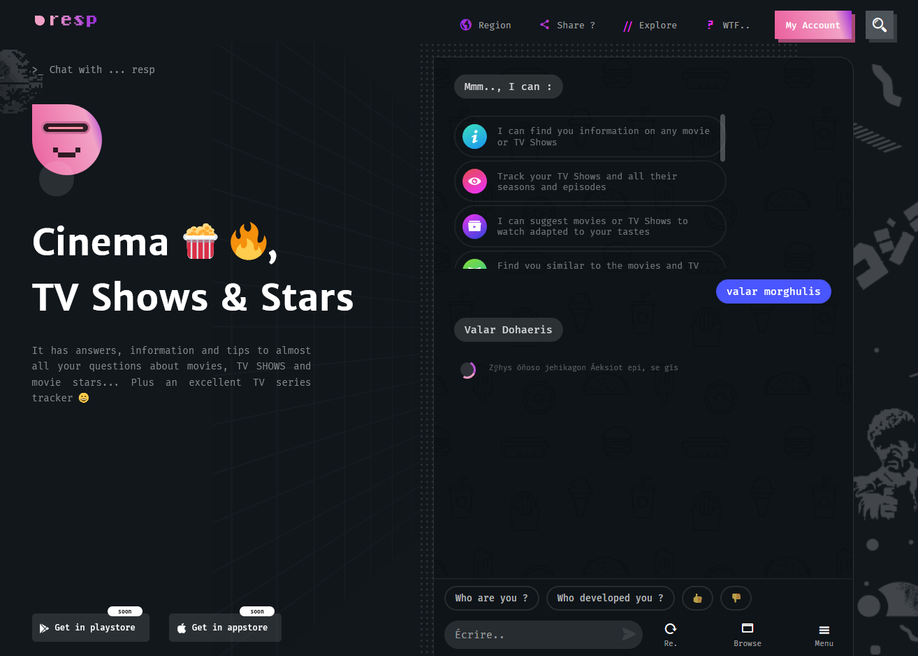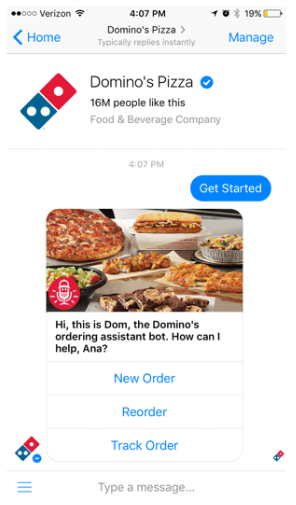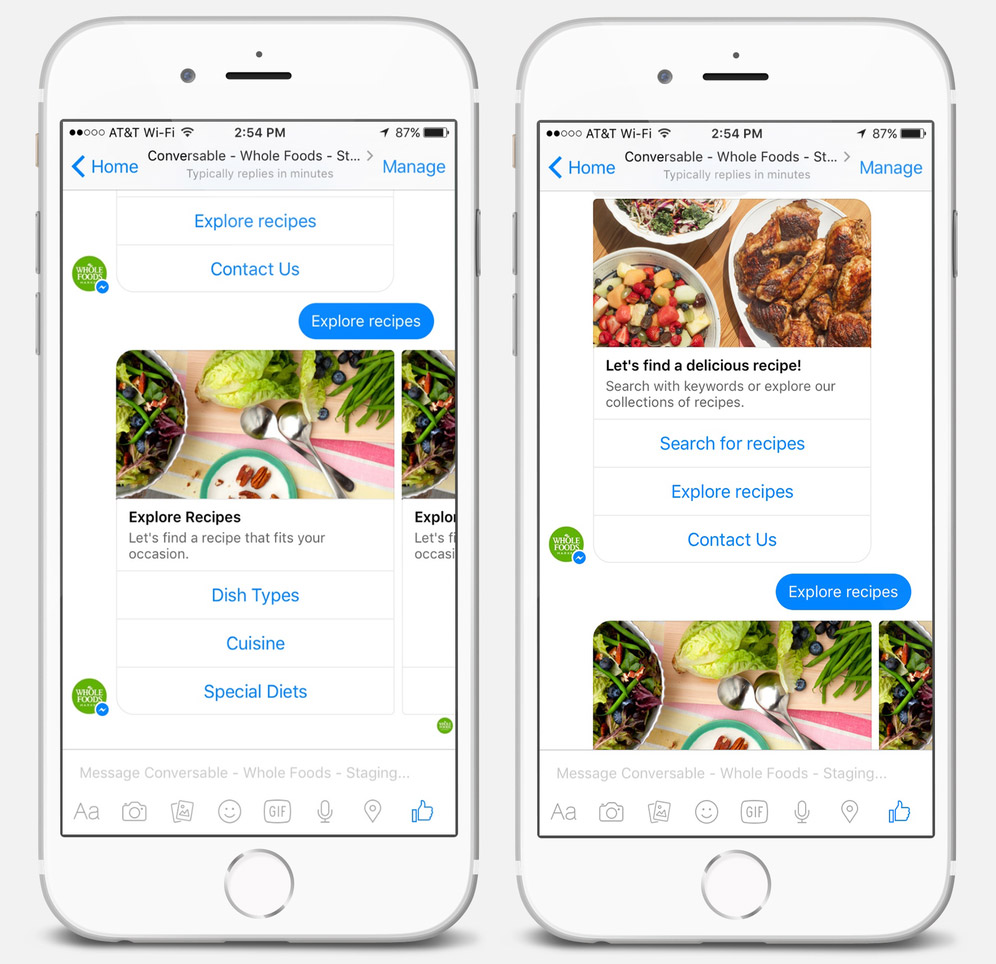Benefits of using chatbots for online customer relationship management

Chatbots have the ability to use AI to communicate with people in a natural way that is similar to how people would normally speak with each other. Businesses should utilise this technology to quickly automate personalised customer interactions. Scroll down to find out how chatbots can benefit your business.
Cost and time effective
Chatbots are a cost effective way to directly communicate with customers, lowering the need to dedicate resources to messaging customer inquiries. You can save numerous hours by using chatbots to automate replies to customers and avoid the tediousness of answering the same questions over and over. Customers will also be happier to receive quicker replies to their questions and complaints. It’s convenient and simple. Plus, a human employee can always step in to answer any questions that chatbots have trouble understanding.
Chatbots can provide after hours support as well, without the need to have employees working late or in shifts. Customers benefit from the ability to message chatbots by receiving support 24/7 without having to wait for business hours.
Connect and engage with customers
The speed of interactions with customers through chatbots creates a sense of connection that can spur sales. Customers can receive fast answers to queries about purchases to eliminate concerns. 69% of customers prefer to communicate with a brand directly via Facebook Messenger, to receive a fast reply. Messenger users state that the ability to directly message a brand made them more confident with their purchases. With the high number of consumer interaction with brands occuring on Messenger, brands need to use chatbots to keep up.
Chatbots are not only for customer support but can also have the ability to provide custom quotes, offer personalised suggestions and inspire purchases. They can be used to engage users in a unique way through fun experiences. A great example of a chatbot that engages its audience well is Resp. Users can get suggestions for movies and tv shows that are personalised to their tastes, by messaging the Respt chatbot.

Another example of a great chatbot is the Domino’s chatbot. This is one that is accessible through many different platforms including Twitter. Customers can order pizza by simply sharing an emoji! The chatbots make ordering pizza a fun process for customers.

The Whole Foods chatbot on messenger connects with customers by providing them with recipes and inspiration for cooking. This chatbot is very successful in driving traffic to the Whole Foods website, where customers browse for 50 minutes per day, on average.

Generate sales
Chatbots can be used to generate leads by providing a personalised experience during a consumer’s online shopping journey. Using chatbots to message customers to ask if they need support while they are considering a purchase can help to close the sale. This provides customers an opportunity to message the chatbot to clarify any confusion and erase doubts related to the purchase. Chatbots can also upsell customers, encourage them to continue purchasing with the brand once a free trial is over and ask them to complete setting up their account or checkout an abandoned cart.
With 80% of consumers being likely to open brand messages through Facebook Messenger, Messenger chatbots are a good way to reach out to consumers to introduce new products and encourage sales. Additionally, chatbots can use the initial conversation with consumers to identify prospects that would benefit from a sales rep to follow up with them.
The future of sales
You should use chatbots to improve your brand interactions with consumers, especially if you have a high volume of customer queries. Chatbots are great for quickly replying to customers in a cost-effective way. Save time and money by automatically providing support to customers 24/7. Chatbots can be used to erase customers’ concerns and find interesting ways to engage with your business. This can overall strengthen your brand’s relationship with customers and form both intrigue and rapport.



